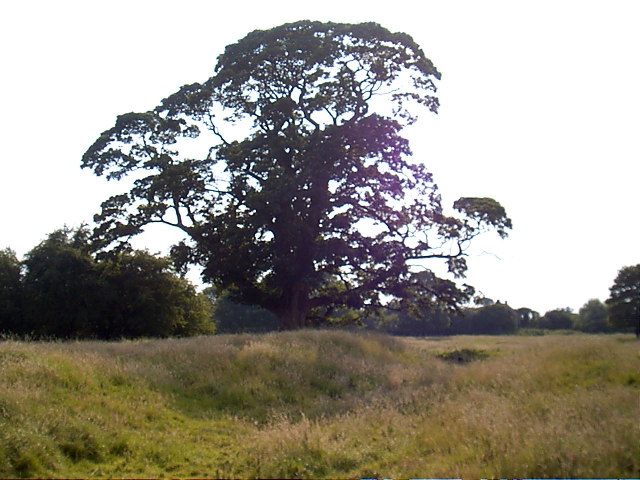Meaux Abbey on:
[Wikipedia]
[Google]
[Amazon]
 Meaux Abbey (archaic, also referred to as ''Melsa'') was a
Meaux Abbey (archaic, also referred to as ''Melsa'') was a
 Meaux Abbey (archaic, also referred to as ''Melsa'') was a
Meaux Abbey (archaic, also referred to as ''Melsa'') was a Cistercian
The Cistercians, () officially the Order of Cistercians ( la, (Sacer) Ordo Cisterciensis, abbreviated as OCist or SOCist), are a Catholic religious order of monks and nuns that branched off from the Benedictines and follow the Rule of Sain ...
abbey
An abbey is a type of monastery used by members of a religious order under the governance of an abbot or abbess. Abbeys provide a complex of buildings and land for religious activities, work, and housing of Christian monks and nuns.
The conce ...
founded in 1151 by William le Gros, 1st Earl of Albemarle ( Count of Aumale), Earl of York and 4th Lord of Holderness, near Beverley in the East Riding of Yorkshire
The East Riding of Yorkshire, or simply East Riding or East Yorkshire, is a ceremonial county and unitary authority area in the Yorkshire and the Humber region of England. It borders North Yorkshire to the north and west, South Yorkshire t ...
, England.
A chronicle of its history was written by Thomas Burton, one of the abbots. The abbey owned the land of Wyke, which was purchased from it by King Edward I of England
Edward I (17/18 June 1239 – 7 July 1307), also known as Edward Longshanks and the Hammer of the Scots, was King of England and Lord of Ireland from 1272 to 1307. Concurrently, he ruled the duchies of Duchy of Aquitaine, Aquitaine and D ...
in 1293 to establish the town of Kingston upon Hull
Kingston upon Hull, usually abbreviated to Hull, is a port city and unitary authorities of England, unitary authority in the East Riding of Yorkshire, England.
It lies upon the River Hull at its confluence with the Humber Estuary, inland from ...
.
The abbey was closed in 1539 by King Henry VIII
Henry VIII (28 June 149128 January 1547) was King of England from 22 April 1509 until his death in 1547. Henry is best known for his six marriages, and for his efforts to have his first marriage (to Catherine of Aragon) annulled. His disagr ...
. It was demolished, and the stones were used to build defences for the town of Kingston upon Hull.
The site of the abbey is a Scheduled Ancient Monument.
References
Sources
* ** ** **External links
* * Monasteries in the East Riding of Yorkshire Cistercian monasteries in England 1151 establishments in England Religious organizations established in the 1150s Christian monasteries established in the 12th century 1539 disestablishments in England Scheduled monuments in the East Riding of Yorkshire Demolished buildings and structures in England {{EastRidingofYorkshire-struct-stub